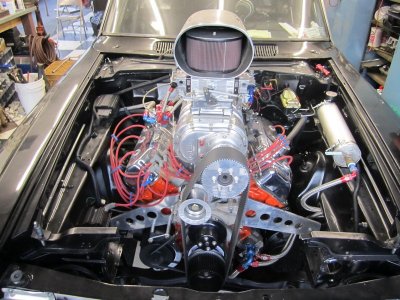bandit
Well-Known Member
Rebuilding the carb this weekend while the wife is out of town and I can bring this stinky thing inside to work on it. Got a rebuild kit and it came with a power valve but the size already in the carb is a 7.5 and the kit came with a 6.5. I do not have time to order up a different size unless I want to hold this off until summer. I know the size is determined by manifold vacuum, but my question is, what will happen if I just put in the 6.5. (I did not take a vacuum measurement before removing the carb) Meaning what should I expect as far as performance difference with a smaller power valve installed if it is supposed to take a 7.5. This is on a 750 cfm Holley. Going to use it for street driving. Previous owner raced it.
















